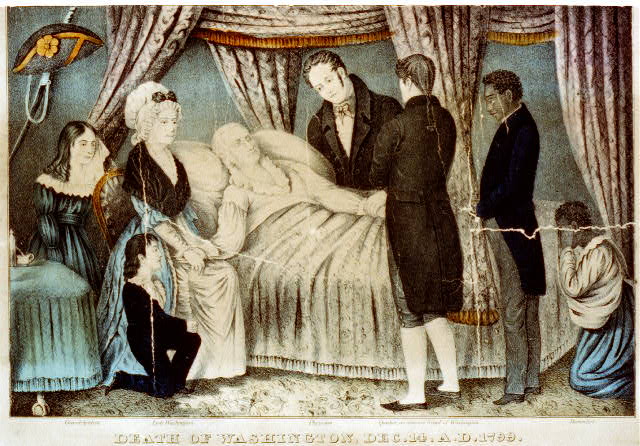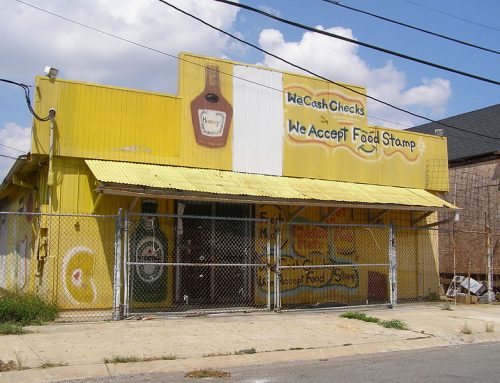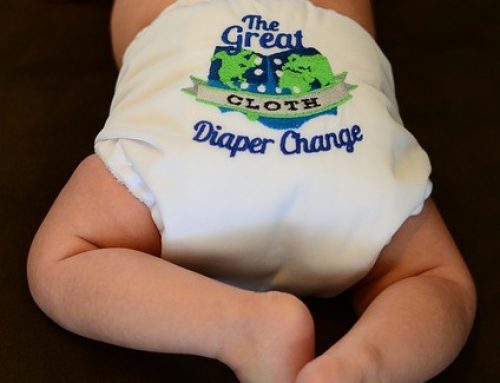Where it not that George Washington died on on this day in 1799, this would not have been written. American history buffs may know the excruciating final hours of George Washington’s final illness, only 30 months into retirement, but most of us do not.
It’s common knowledge however, that our Presidents and ex-presidents get excellent medical care, during and after being in office.
But the care George Washington received beginning December 13, 1799 probably contributed to his death. The president’s last hours must have been agonizing to experience… and to watch.
Dr. Howard Markel’s article on the PBS Newshour explains:
It was a house call no physician would relish. On Dec. 14, 1799, three doctors were summoned to Mount Vernon in Fairfax County, Virginia to attend to a critically ill, 67-year-old man who happened to be known as “the father of our country.”
What started the previous day, a cough, a runny nose, and hoarseness, within hours led to a profound shortness of breath. That was shortly followed by a pronounced fever, a throat raw with pain and labored breathing.
Gravely ill, and with a staff of doctors now present to tend to the ex-president, the worse was yet to come…
By dawn, bloodletting of 12 to 14 ounces of blood had begun, and when finished, Washington requested more be taken. A tonic that was administered nearly choked Washington to death – it was made from molasses, butter, and vinegar. Imagine how that felt to the “beefy-red tissues of his infected throat”.

Bloodletting – a common practice; obviously this is not President George Washington
It gets worse, although such treatment may have been commonplace for the time period:
Dr. Craik entered Washington’s bedchamber at 9 a.m. After taking the medical history, he applied a painful “blister of cantharides,” better known as “Spanish fly,” to Washington’s throat. The idea behind this tortuous treatment was based on a humoral notion of medicine dating back to antiquity called “counter-irritation.” The blisters raised by this toxic stuff would supposedly draw out the deadly humors causing the General’s throat inflammation.
By noon, two more bloodlettings of 18 ounces of blood were taken and an enema given. Gargling with a sage tea laced with vinegar followed with no relief.
Up and about in his bedroom for a couple of hours after that, a return to bed brought about yet another challenge to breathe.
The bloodletting continued again, with a 32 ounce removal despite one doctor objecting to the measure.
By late afternoon, another doctor suggested forced vomiting would help (apparently with a vengeance, using calomel and a tartar emetic).
That resulted in a brief period of easier swallowing, but soon after…
The first President of the United States of America was again struggling for air. With Washington’s physicians ordering 40 percent of the total blood volume removed from his body over a 12-hour period; this massive blood loss made for an even more dire condition.
As told to an attending doctor:
“Doctor, I die hard; but I am not afraid to go; I believed from my first attack that I should not survive it; my breath can not last long.” Ever the gentleman, even in extremis, the General made a point of thanking all three doctors for their help.
That evening, “blisters of cantharides were applied to his feet, arms and legs while wheat poultices were placed upon his throat“, then at about 10:20 p.m.,
…the first president of our great Republic took his final breath, but not before uttering some last words about burial instructions.
Notes from the time show:
At the very end, Washington’s fingers dropped off his wrist and the first president of our great Republic took his final breath. At the bedside were Martha Washington, his doctor, James Craik, Tobias Lear, his valet, Christopher Sheels, and three slave housemaids named Caroline, Molly and Charlotte.
The article ends:
The president’s last hours must have been agonizing to watch and, of course, to experience. Like any human being, General Washington hoped his physicians would help him to an easy death. Between the massive bloodletting, the painful blistering treatments, and the awful sensation of suffocation, this was not at all possible.
Excruciating though his death was, George Washington’s life continues to teach us valuable lessons of citizenship, leadership and devotion to duty. In an era when there are so few heroes in public life, it remains inspiring to recall the Henry (“Light-horse Harry”) Lee, Jr.’s famous phrase from the eulogy of Washington he delivered to the U.S. Congress on Dec. 26, 1799: “First in war, first in peace, and first in the hearts of his countrymen.”
There is so much more to the story however. To get all of the details that were not included in this News to Share article, You’ll want to catch the full read of “Dec. 14, 1799: The excruciating final hours of President George Washington” by Dr. Howard Markel on the PBS Newshour site.

News to Share source: PBS Newshour “Dec. 14, 1799: The excruciating final hours of President George Washington” by Dr. Howard Markel
Image credits:
page 1 – PBS Newshour. Licensed under Public Domain via the Library of Congress;
page 2 – Required full attribution as specified: “An ill man who is being bled by his doctor. Coloured etching Wellcome V0011195” by Wellcome Library, London. Licensed under CC BY 4.0 via Wikimedia Commons.
http://wellcomeimages.org/indexplus/obf_images/04/aa/df6e2ce39c21c846a68959d65e62.jpgGallery: http://wellcomeimages.org/indexplus/image/V0011195.html. – http://commons.wikimedia.org/wiki/File:An_ill_man_who_is_being_bled_by_his_doctor._Coloured_etching_Wellcome_V0011195.jpg#mediaviewer/File:An_ill_man_who_is_being_bled_by_his_doctor._Coloured_etching_Wellcome_V0011195.jpg ;
page 3 – Required full attribution as specified: “Gilbert Stuart Williamstown Portrait of George Washington” by Gilbert Stuart. Licensed under Public Domain via Wikimedia Commons –
http://commons.wikimedia.org/wiki/File:Gilbert_Stuart_Williamstown_Portrait_of_George_Washington.jpg#mediaviewer/File:Gilbert_Stuart_Williamstown_Portrait_of_George_Washington.jpg





